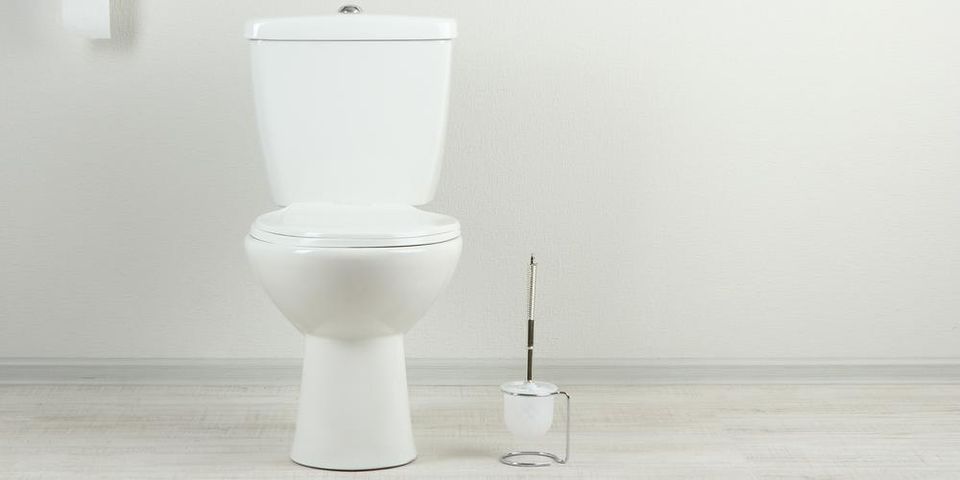Understanding Your Septic System’s Leach Field

Most of the time, the average residential septic system goes unnoticed. While this is understandable when everything is working well, ignoring your system for too long can lead to problems—especially if you don’t keep up with routine care and maintenance. King's Sanitary Service of Bristolville, OH, is passionate about ensuring your home’s septic system performs well for years.
To better understand how to take care of the system as a whole, you need to examine its individual parts. While most maintenance conversations circle around septic tanks, many homeowners are left in the dark about leach fields. Here is everything you need to know about your septic system’s other half.
Your Septic System’s Leach Bed
Every septic system has two major components: the tank and the leach field or leach bed. Waste leaves your home directly through the sewer pipe and flows into the septic tank where it is broken down by bacteria. Then, the remaining liquid is released into the leach field, a portion of your property designed to filter the waste as it seeps back into the earth. If all goes well, you won’t notice anything unusual near this patch of your lawn.
Leach Bed Problems
 However, if the leach bed gets blocked by soils, fats, oils, or grease and fails to drain properly, standing water pools in the yard. There are two ways to deal with these issues—high pressure flushing and bioremediation. High pressure flushing employs a high-pressure stream of water to remove soil, fat, oil, and grease from a clogged leach line, while bioremediation adds bacteria to the field to break down stubborn waste within the gravel and soils. Our septic system pro’s will let you know which solution is best for your situation.
However, if the leach bed gets blocked by soils, fats, oils, or grease and fails to drain properly, standing water pools in the yard. There are two ways to deal with these issues—high pressure flushing and bioremediation. High pressure flushing employs a high-pressure stream of water to remove soil, fat, oil, and grease from a clogged leach line, while bioremediation adds bacteria to the field to break down stubborn waste within the gravel and soils. Our septic system pro’s will let you know which solution is best for your situation.
To find out more about septic tank cleaning and leach bed remediation, call King's Sanitary Service in Bristolville, OH, at (330) 889-0034. They will guide you through every septic obstacle and keep your system running properly. You can also visit their website for more information.
About the Business
Have a question? Ask the experts!
Send your question

